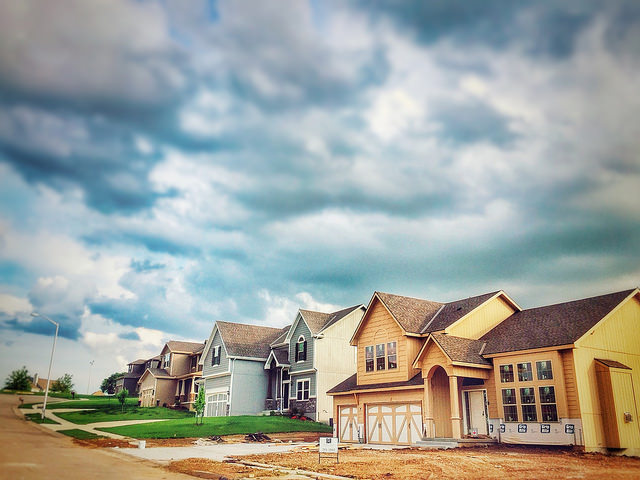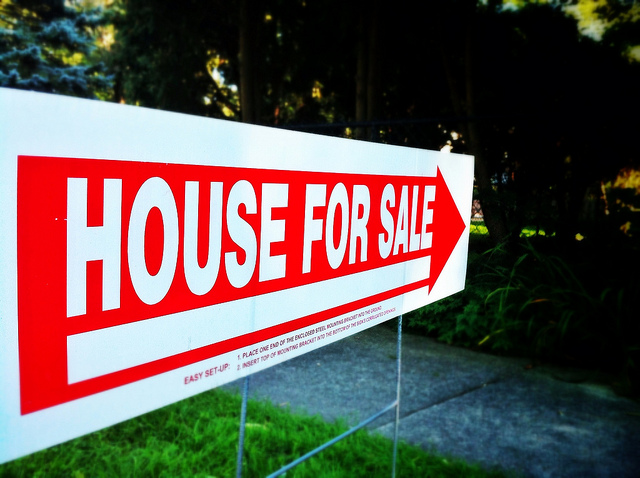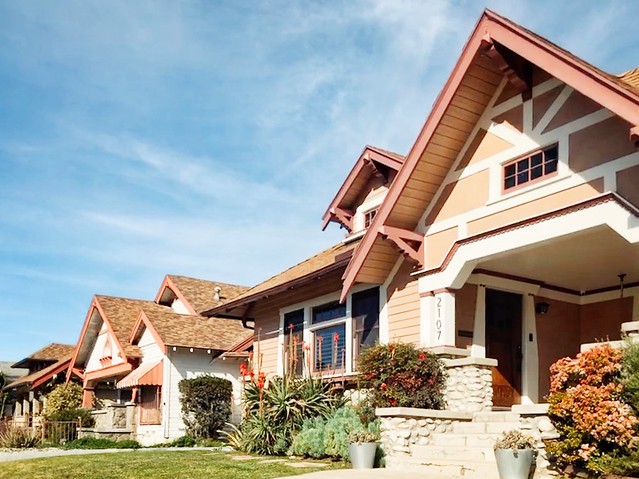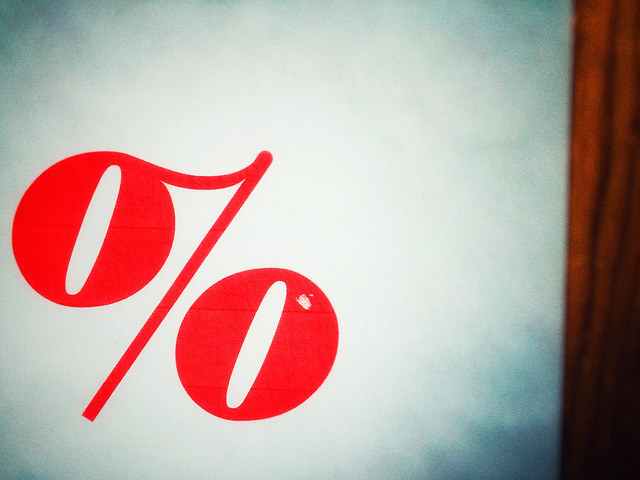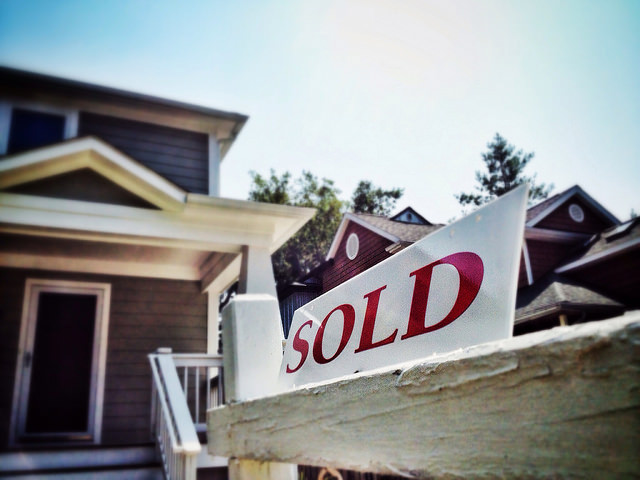According to the Mortgage Bankers Association’s Weekly Applications Survey, demand for mortgage applications was up last week. But though most of the improvement was refinance activity, purchase demand is still higher than last year at the same time. In fact, demand for loans to buy homes is now 16 percent higher than one year ago. Joel Kan, MBA’s associate vice president of economic and industry forecasting, said it was the best January since 2009. “Last month was the strongest January for purchase applications since 2009, which is perhaps a sign that mild weather brought out prospective buyers earlier than normal,” Kan said. It could also be mortgage rates. The survey found average rates up from the week before but still near lows last seen in 2016. That, combined with slower price increases and a mild winter, has buyer interest growing weeks ahead of the typical spring sales boom. The MBA’s survey has been conducted weekly since 1990 and covers 75 percent of all retail residential mortgage applications. (source)




